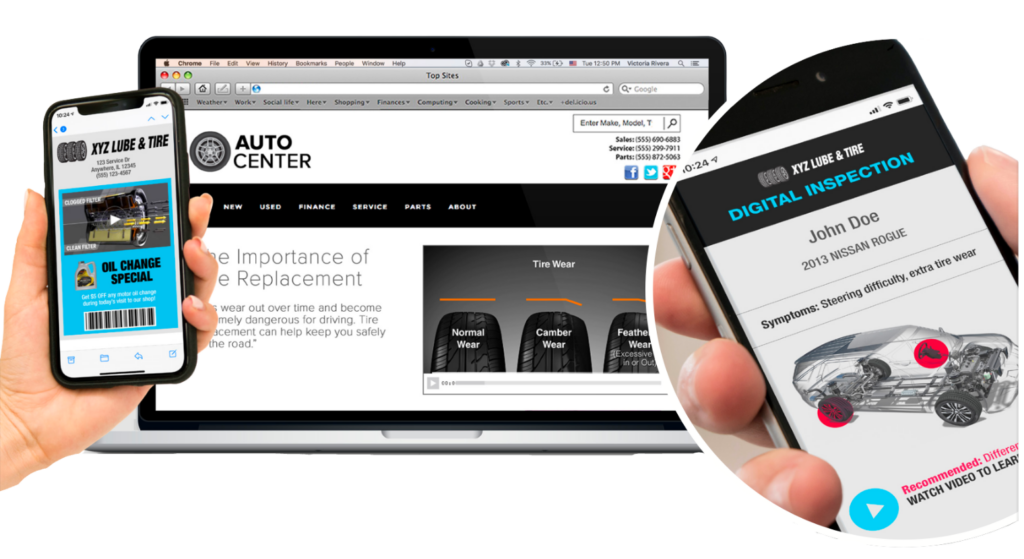Differential: Do You Have One?
With front-wheel drive being so common these days, the differential is just taken care of during a transmission service, so most folks don’t even have to think about it. And rear-wheel drive differentials don’t need to be serviced for years, so it’s understandable that it’s not something on the top of mind. So it’s not uncommon for people to not know they have a differential let alone know that it needs service.
To better understand what a differential does, think about a high school track. There are lanes marked off on the track. For the longer distance races, the starting lines are staggered. The starting lines for the outside lanes are ahead of the starting lines for the inside lanes. That’s to compensate for the longer length of the outside lanes. Staggering the starting lines means that each runner has the same distance to run.
The differential compensates for the difference in speeds between the inside wheel and the outside wheel in a turn, because they have to travel together through slightly different distances.
It’s a very important function. When you think of it, all the power to get a vehicle moving goes through the differential. Most cars weigh between three and six thousand pounds – trucks even more. The power from the engine goes through the transmission and then through the differential to the drive wheels.
That’s a lot of work and requires very heavy duty parts. And those parts need protection. The differential fluid lubricates the gears in the differential and keeps them cool.
The fluid eventually gets dirty and worn down. Some kinds of differentials require special additives that breakdown over time. So manufacturers recommend intervals for replacing your differential fluid.
Your technician will drain the used fluid and check it out for metal bits, which could be a sign of excessive wear on the gears. Then he’ll replace the fluid and install the additives if necessary.
Your service advisor can look up the manufacturer’s recommended service interval or you can check your owner’s manual.
Explainer Videos on your website, media channels, emailing, inspection reports, text messages and more...

